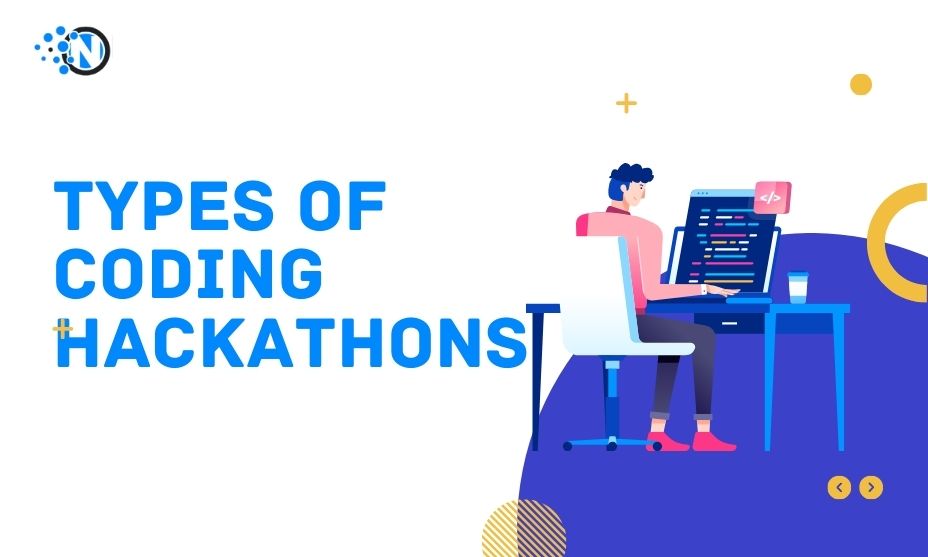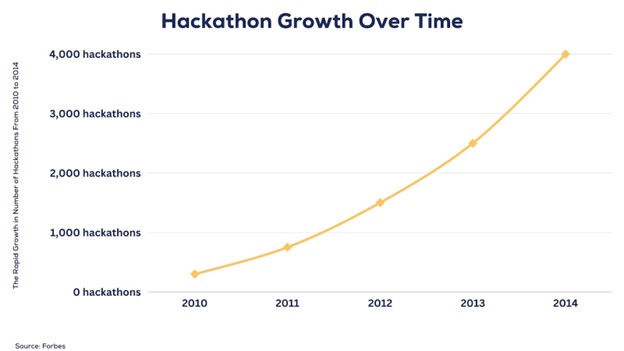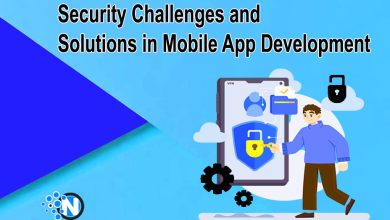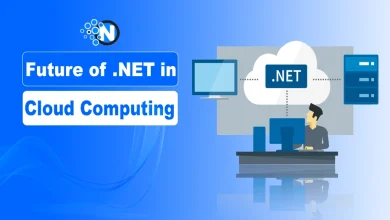Types of Coding Hackathons – From Speed Challenges to Ideation Marathons

Hackathons involve rapid, collaborative engineering and innovation within constrained timeframes. The first documented hackathon was held by OpenBSD in 1999 as an intensive coding competition. Since then, these events have evolved tremendously in focus, format, and significance. This article explores the expanding hackathon landscape.

Source: Forbes
Understanding the Essence of Hackathons
The core tenets of hackathons remain focused on:
- Quick, agile software or hardware development and programming
- Condensing extensive work into short, sprint-like intensities
- Assembling teams with diverse skills and perspectives
- Identifying solutions to challenges through creativity and teamwork
- Building functional prototypes or products within stipulated time constraints
However, within this framework, modern hackathons have greatly diversified. They’ve evolved from just coding hackathons competitions into catalysts for technology-enabled innovation across sectors. Let’s examine this expansion.
The Proliferation of Public Hackathons
In the early 2000s, hackathons were still relatively niche events largely restricted to tech talent and universities. But recognition of their potential quickly grew.
Intel and Sun Microsystems began hosting public hackathons as early as 2001. Soon tech giants like Yahoo, Google, Facebook, and Microsoft followed suit with signature global events, often tied to their own platforms.
The number of corporate hackathons surged from just 5 in 2006 to 65 in 2016. Meanwhile, public multi-organization events also rose exponentially.
These public hackathons helped open the events to wider technical and non-technical communities.
Hackathons Focused on Specific Applications
One variety of public hackathons involves co-creating solutions focused on particular applications and industries. Some examples include:
- Mobile app hackathons – Events like Over the Air bring together coders, designers, and mobile experts to build innovative applications and hardware hacks. Participants experiment with the latest platforms like iOS, Android, wearables, VR, and IoT devices.
- Music hackathons – Music Hack Day allows artists, producers, and engineers to collaboratively develop projects including new instruments, audio effects, visualizers, music learning tools, production apps, and more.
- Game jams – These high-intensity coding marathons facilitate teams to rapidly develop novel gameplay mechanics, narrative concepts, experimental tech, and entire game prototypes within 48 hours. Many beloved indie games trace their origins to game jams.
- Health hackathons – Clinical practitioners, biomedical engineers, public health experts, data scientists, and health-tech innovators join forces in events like MIT Hacking Medicine to conceptualize solutions for diagnosis, treatment, monitoring, and more.
- Smart city hackathons – Civic hackers, urban planners, civil servants, and coders team up to address municipal challenges like transit, safety, sustainability, and access for those with disabilities.
Hackathons for TV/Film – Events like TV Hackfest spur the creation of apps for media viewing across smart TVs, streaming, and mobile. Film hackathons build innovative solutions for production, post-production, distribution, and the fan experience.
Hackathons Focused on Languages, APIs, and Frameworks
While application-oriented, some hackathons fixate on particular technologies like programming languages, device capabilities, APIs, or code libraries.
Platform companies like PayPal, Amazon, and Twitter host API hackathons challenging developers to build novel integrations using newly released features. Other technical events center around JavaScript, Node.js, Ruby on Rails, or Android SDKs. University hackathons often aim to sharpen competencies in trending frameworks like React Native or TensorFlow.
Technical skill-building complements collaborative project development at these coding-focused hackathons.
Hackathons Centered on Social Causes and Domains
Passionate communities from civic hackers to medical researchers have embraced hackathons as springboards for impact. Some examples:
- Open government hackathons convene civil servants, activists, and coders to build solutions that improve government transparency, public services, and civic participation.
- Climate action hackathons facilitate the rapid development of apps, data tools, and awareness initiatives to address environmental challenges.
- Education hackathons bring together teachers, academics, and tech innovators to create solutions that improve learning experiences and address pain points.
- Diversity hackathons aim to foster inclusion by gathering marginalized groups like women, people of color, veterans, and persons with disabilities for collaborative building.
- Youth hackathons provide STEM exposure by teaching coding skills to school students while inspiring them to leverage tech for social good.
These “civic hackathons” showcase technology’s potential for public problem-solving.
Read Also: What is Agile? Key Benefits of Using the Agile Methodology in Your Business
Hackathons Aimed at Specific Demographics
Student hackathons represent a time-honored tradition of collegiate computer science clubs pulling coding all-nighters. PennApps, MHacks, Y Combinator’s High School Hackathon, and Major League Hacking events continue this legacy.
Meanwhile, communities like Blacks in Technology, Technica, and PrideHacks have launched diversity-oriented hackathons focused on including historically underrepresented groups. These provide safe spaces for learning and development.
Demo days and networking are key components alongside building at demographic hackathons. Participants forge bonds over shared identities while gaining experience.

Online Hackathons: A Game Changer
The onset of virtual hackathons in the 2010s dramatically expanded accessibility and formats. Students, professionals, and hackers worldwide could now participate remotely.
While most virtual hackathons retain brief 1-2 day durations much like in-person events, some like Hackathons.com offer more extended 1-week to 1 month-long challenges. Others blend virtual collaboration with local offline participation.
Tools like video chat, cloud ideation boards, GitHub, and integrated app development environments are now staples of online hackathons. By broadening talent pools and enabling new hackathon structures, virtual events have been instrumental in proliferating hackathons.
Standard Components of In-Person Hackathons
While delivery formats vary, most in-person hackathons share common components:
- Kickoff – Events commence with keynotes orienting attendees about themes, rules, APIs/data sets to be used, and available tooling. Lightning talks by sponsors often follow.
- Team formation – Attendees organically form teams based on individual skills, interests, and event focus areas. Meet-and-greet sessions facilitate connections.
- Brainstorming – Teams briefly ideate before diving into execution. Design thinking techniques are often used.
- Building – The core 1-2 days are dedicated to the intense development of functional software, hardware, or prototypes. Work continues almost non-stop fueled by excitement, snacks, and caffeine!
- Demos – Teams create presentations and demonstration videos to showcase their hacks. Some events have dedicated demo days for teams to exhibit creations on the showroom floor.
- Judging – Subject matter experts evaluate projects based on criteria like innovation, design, completion, and viability to determine winners.
- Prizes and networking – The winning team gets awarded funding or contracts to incubate their idea. Post-hackathon networking solidifies new professional connections.
This foundation provides the skeleton for most in-person hackathons. Customizations like workshops, mentor hours, or recreation breaks get added based on specific event goals.
Virtual Hackathons Require Adapted Timelines
For online hackathons, timeframes tend to be more fluid and extended. Since attendees aren’t physically confined to a venue, longer-running challenges are feasible. Some models include:
- Weekend sprints – These mirror in-person events with intensive 2-3 day remote collaboration. Less fatigue without travel.
- Weekly sprints – Run from Monday to Friday/Sunday, allowing participants to hack during free evenings. Manageable for workers.
- Monthly events – Ideal for complex projects requiring part-time collaboration over 4 weeks. Mimics agile sprints.
- Multi-month challenges – Marathon 6 to 12-month hackathons like Hack the Planet allow tackling ambitious goals through persistent virtual teamwork.
- Recurring hackathons – Platforms like Hackathon.com facilitate new themed challenges weekly/monthly, enabling regular participation.
- Hybrid models – Local collaboration plus virtual demo days/judging blends online and offline benefits.
Extended online timelines expand participant pools beyond students to working professionals with families and other commitments.
Outcomes: Why Are Hackathons Significant?
Hackathons offer technical, business, and social outcomes:
- Learning – Developers broaden their skills, and experiment with new languages, APIs, and data sets. Novices get exposure.
- Innovation – Novel digital solutions, apps, devices, and research insights emerge in short bursts.
- Productization – Prototypes often lead to funded startups, venture capital, or corporate development deals.
- Networking – Participants forge connections with future collaborators, mentors, and talent across sectors.
- Recruitment – Hackathons provide companies visibility into top engineers for recruitment.
- Purpose – Cause-oriented and demographic hackathons empower communities and spark change.
- Morale – Internal corporate hackathons build camaraderie, alignment, and new perspectives.
While outputs vary, the collective spirit of rapid innovation underpins all hackathon efforts.
Frequently Asked Hackathon Questions
What are some examples of niche or unique hackathon varieties?
From space hackathons co-hosted by NASA to tourism hackathons focused on travel tech, many unique varieties exist. show more information fusion to combine open government data with public health data. Banking and FinTech hackathons are on the rise as well.
How do companies benefit from hosting public hackathons?
They gain early visibility into emerging technologies, recruit talented engineers, get innovative prototypes based on their platforms, and build their brand as innovation leaders.
How do hackathon teams form cohesively in short timeframes?
Shared goals, complementing skills, and personalities help. Veteran participants form teams based on past associations and scout skills needed. Newbies use networking sessions to intersect common interests and intended hack outcomes.
Key Takeaways on the Evolution of Hackathons
In summary, core hackathon principles persist but their expression has diversified tremendously:
- Mainstream adoption led by tech titans established their broad significance.
- Focus areas have expanded from coding to causes and from software to sustainability.
- Demographic diversity has grown beyond computer science students to domain experts, non-technical talents, and the lay public.
- Online formats increased accessibility for worldwide participation unconstrained by geography.
- Timelines have shifted from 24-hour crunches to month-long virtual collaborations.
But their essence remains centered on human creativity and focus applied at scale. Regardless of their flavor, hackathons accelerate innovation by bringing together diverse perspectives, skills, and passions. They capture the collaborative heart of engineering curiosity and problem-solving.




